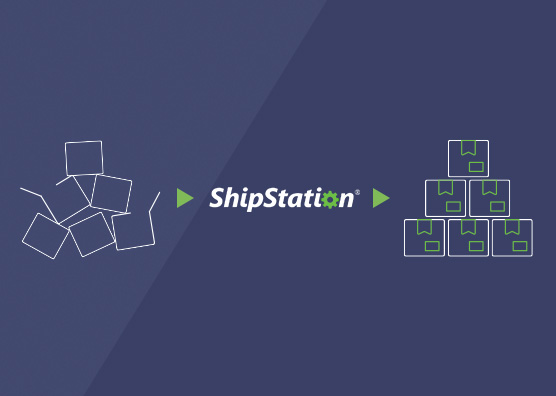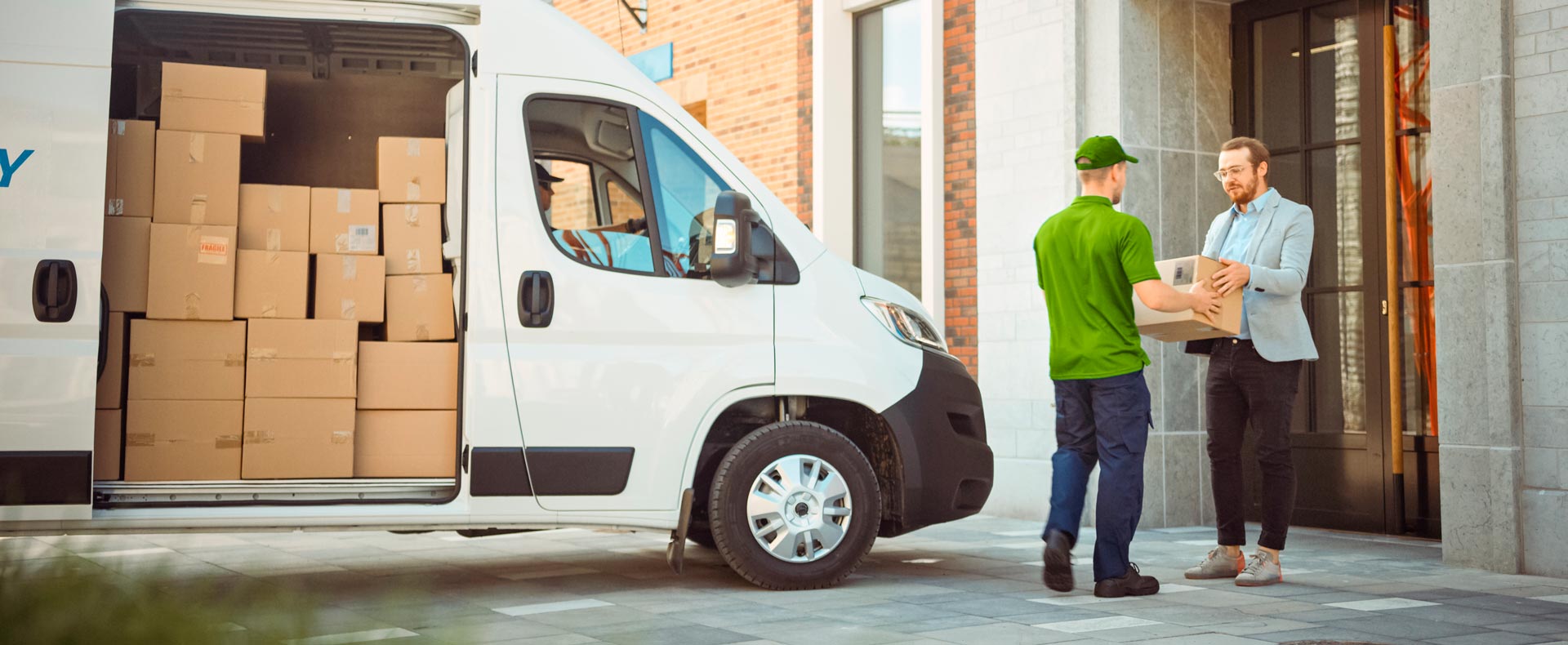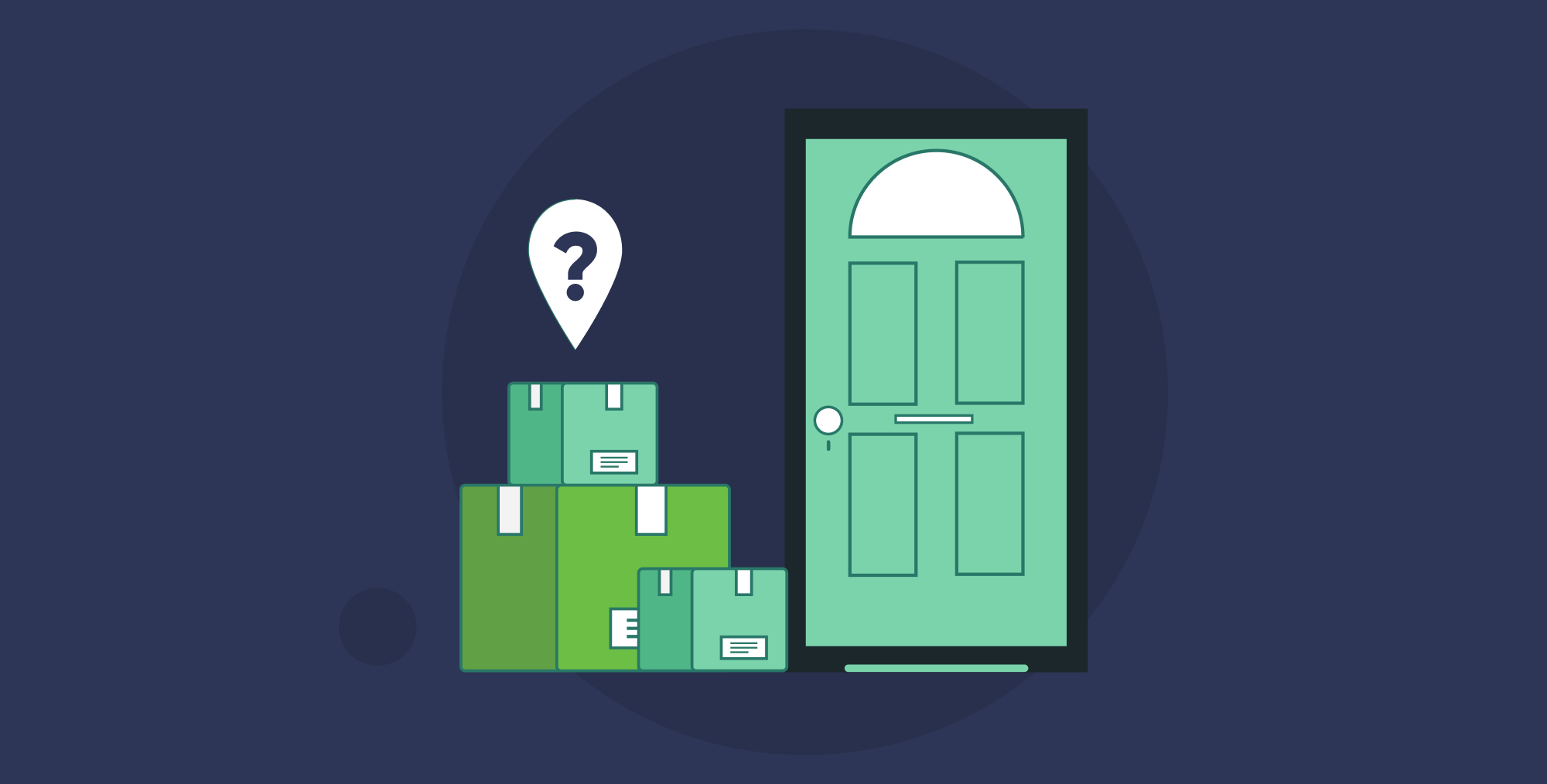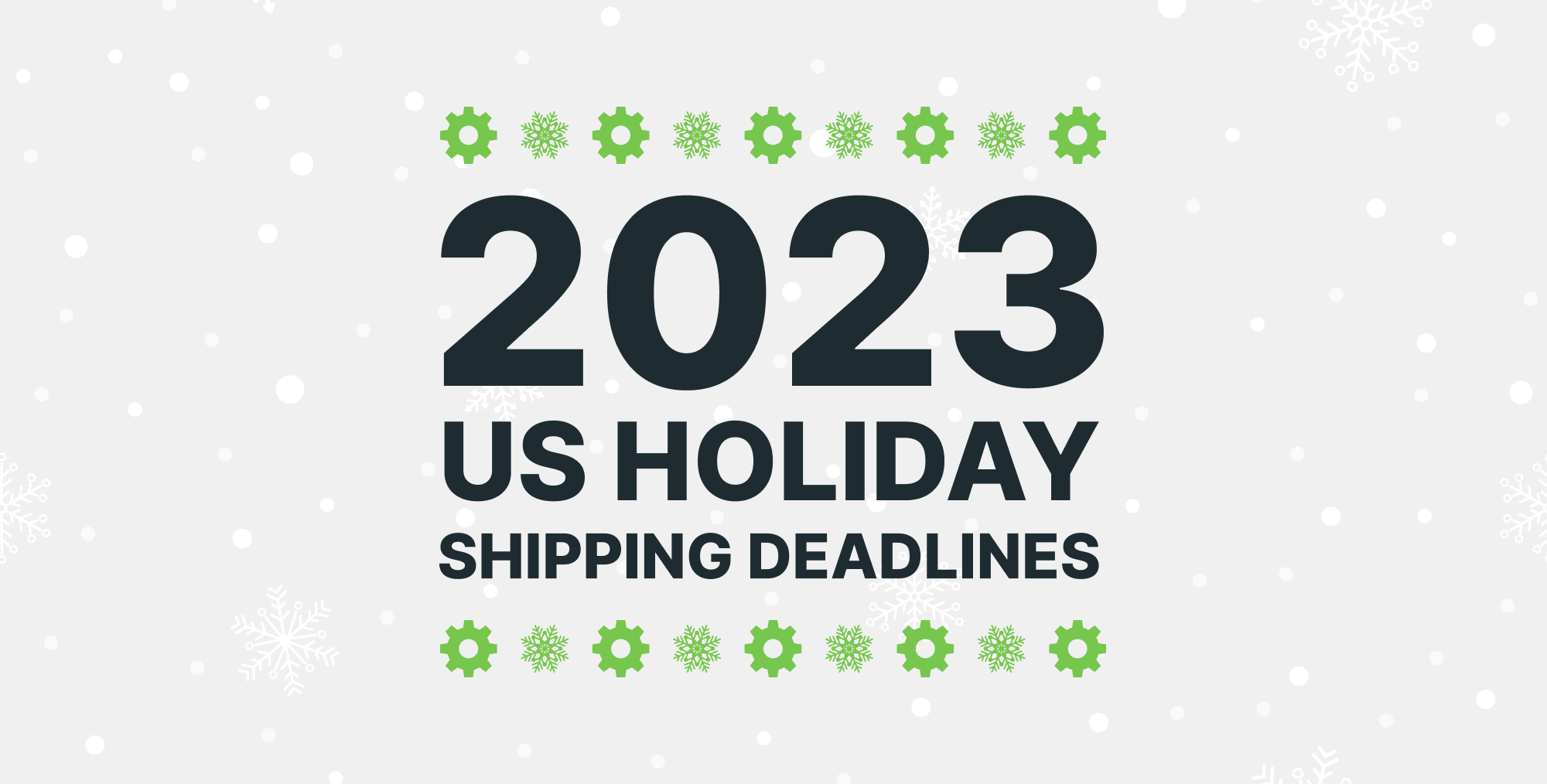Automation: A Holiday Gift for Your Store
This blog was contributed by David Rastatter – Jitterbit, Sr. Director of Product Marketing
The ecommerce landscape has evolved quite a bit over the last few years. The pandemic made ecommerce a must-have for all businesses regardless of location and size. With that, companies are refining their technology to offer customers multiple ways to browse, buy, and purchase. While we still may find ourselves jockeying for parking spaces at the local mall, technology has made holiday shopping more convenient and faster. In fact, a Statista study found that 43% of consumers begin their holiday shopping before October ends.
So, while autumn just got started, these early holiday shopping habits mean that you, your team, and your business need to be prepared to handle and manage the influx of orders and challenges that come with the holiday push.
Manage Inventory with Automation
Managing inventory accurately is key when it comes to handling an influx of orders. Let’s say your customer adds an out-of-stock product to their cart but didn’t know it was out of stock until they received a notification later on because your ecommerce system is not synced with your warehouse. Not a good look for your store or brand. Whether you’re handling inventory in-house or leveraging 3PL services, it’s crucial for you to ensure your inventory counts are updated quickly and accurately.
Another solution is to leverage automation to send shipping data from ShipStation to your ERP to shore up inventory counts on your website or marketplace, so that customers are notified when a product is almost out of stock, enticing them to make the purchase immediately rather than wait.
By leveraging ecommerce integration between ShipStation, your ERP, and your marketplace you can automate the exchange of data between all three platforms within the entire buying experience whether it’s order processing, order fulfillment, shipping, inventory updates, confirmations, and more.
Eliminate Manual Processes and Errors
No matter what the size of your business be it small, mid, or enterprise, you’re most likely plagued by manual tasks and process bottlenecks in some form or another due to lack of integration and automation. Not having data synced automatically between your marketplace or website, ERP, back-end system, and ShipStation can bog down the holiday shopping experience because your teams are confined to manually processing orders, shipping notifications, and confirmations. Plus, manual processes leave room for human error which means your teams are spending more time troubleshooting and re-processing rather than addressing customer needs and selling.
Let’s say you’re using ShipStation, an ERP, and a marketplace–but these systems aren’t connected. That means when an order comes in from your marketplace you have to manually enter it into your ERP and ShipStation. Easy for a few orders, but a very different scenario when you’re dealing with hundreds or thousands of orders from the holiday rush. With proper integration in place, the holiday e-commerce experience can be frictionless for your customers and staff. An optimized e-commerce integration flow would look like this:
- Customer places an order through your website or marketplace
- Order data and customer information is transferred and/or updated in your ERP
- ERP sends customer, order, and shipping data to ShipStation
- ShipStation creates the label, ship by date, and confirmation that is sent to the marketplace or website
- Website or marketplace sends shipping confirmation and info to the customer
With ecommerce integration from Jitterbit, this is automated which eliminates manual data entry and order errors.
Centralize Your Data
Let’s say a customer places an order and their shipping address and billing address are different because they just moved. You receive the order, but don’t update the address in your ERP, so the product ends up being shipped to the customer’s old address. With proper integration, you can combine and centralize all data from all of your applications to create a single source of truth for that data. That way, your ERP is dispersing the same data it collects from different applications. By syncing data, you eliminate silos between departments and across teams because everyone is working off the same data. This means accurate reporting and better forecasting. By integrating Shopify to NetSuite to ShipStation you can automate the exchange of order, shipping, inventory, and customer data between systems which eliminates application disparity and data silos.
Even though the holiday shopping blitz has already started, it’s never too late to address any issues with order processing, shipping, manual processes, inventory updates, and data centralization. By leveraging ecommerce integration and automation, you can create the optimal holiday experience for your customers and staff this holiday season and beyond.






